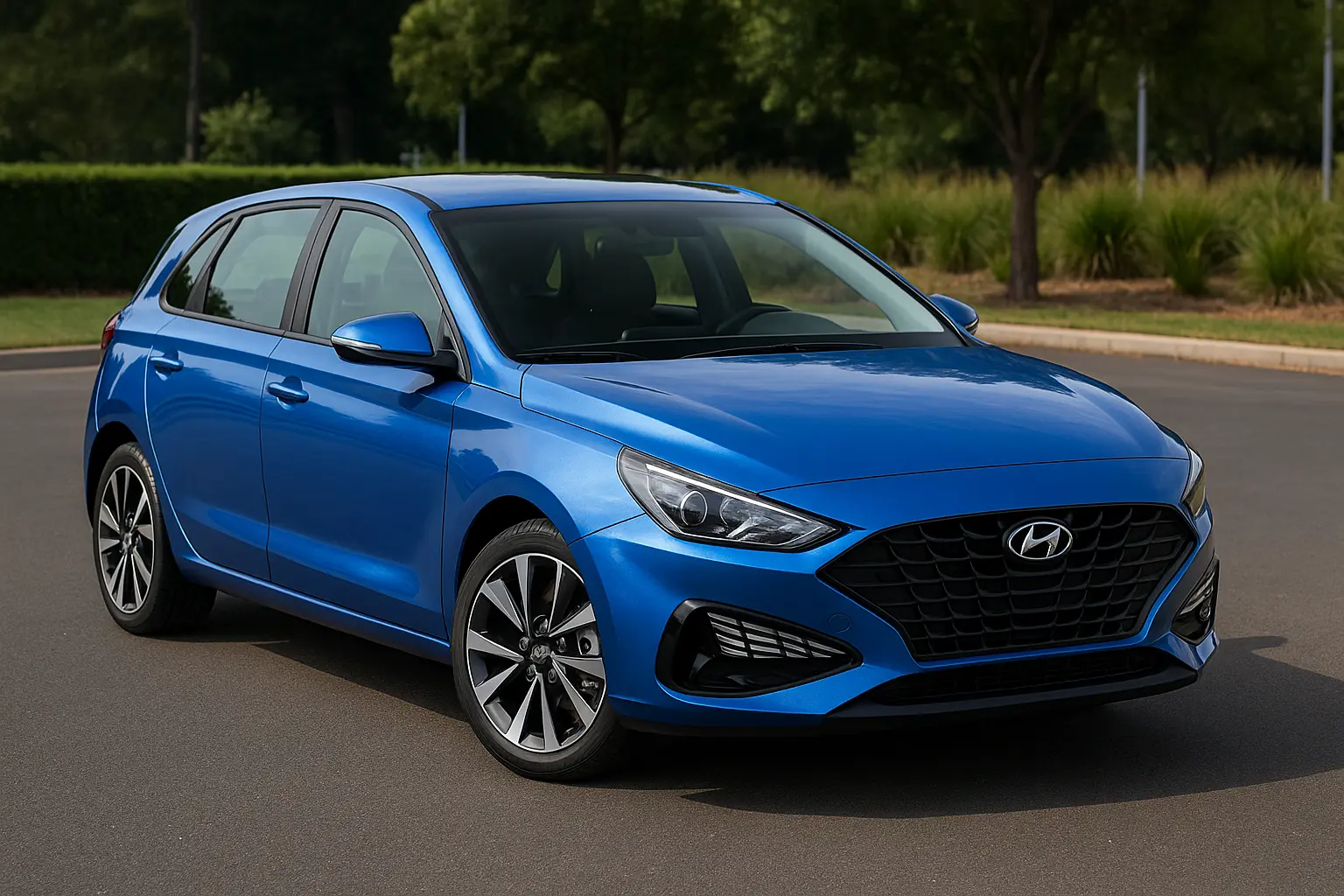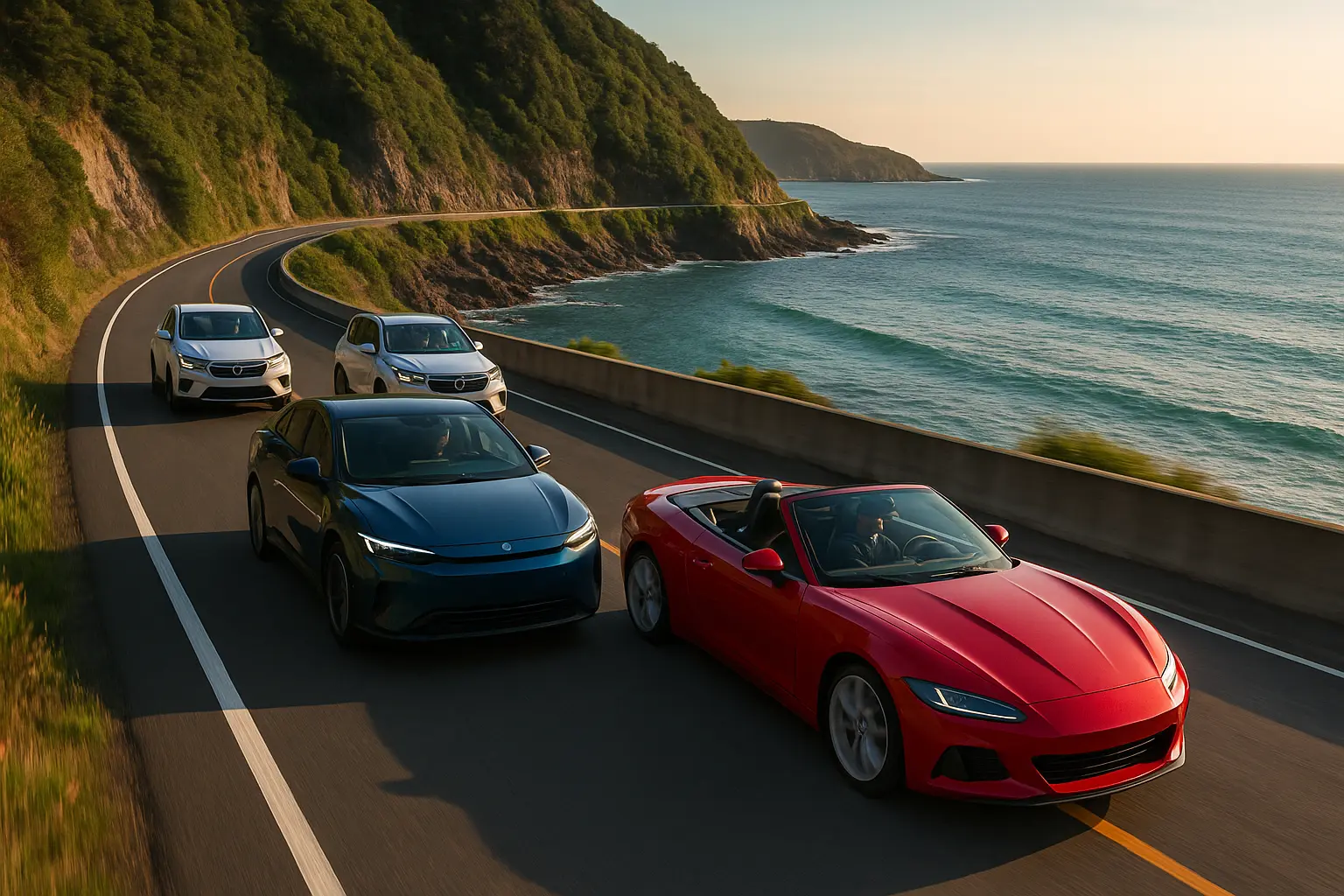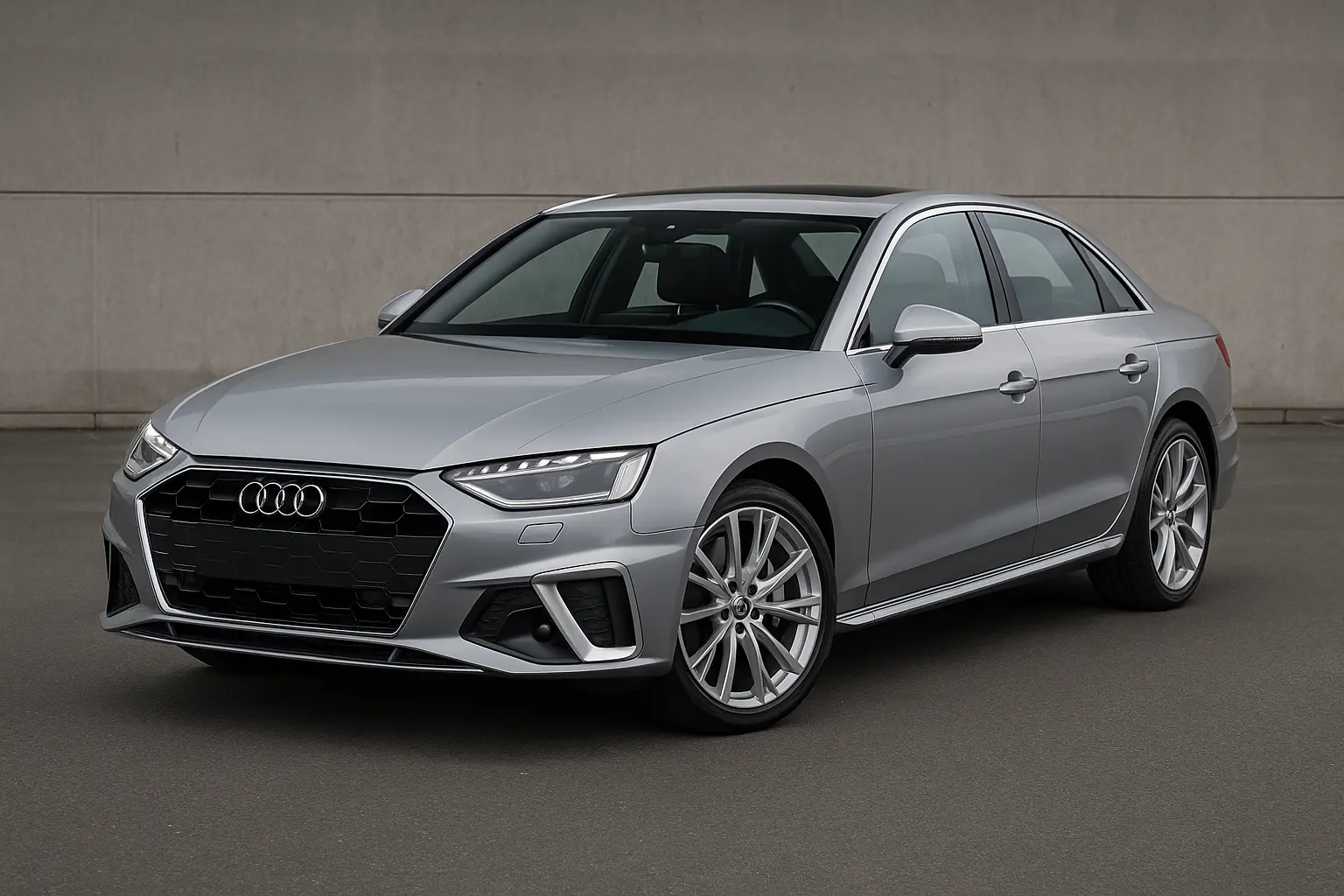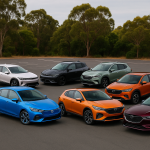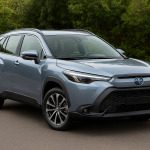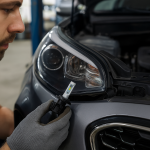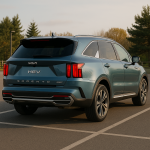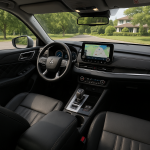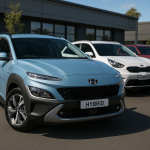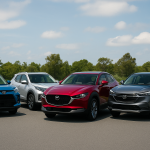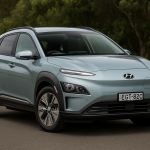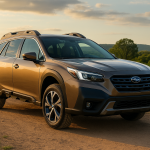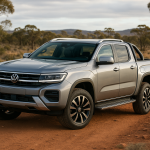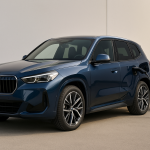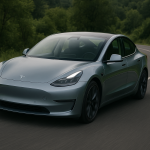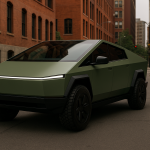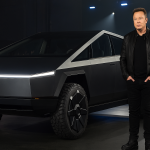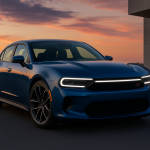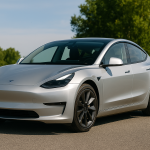The Hyundai i30 is more than just a hatchback—it’s one of the cornerstones of Australia’s small car market. Since its introduction in 2007, the i30 has consistently been a best-seller, competing head-to-head with the Toyota Corolla, Mazda3, and Volkswagen Golf.
The i30 is especially popular because it blends affordability with style, practicality, and cutting-edge features. Whether you’re a first-car buyer, a small family, or someone looking for a reliable daily commuter, the i30 manages to tick almost every box.
In this comprehensive Hyundai i30 review, we’ll break down everything Australian buyers need to know, from pricing and features to safety ratings, technology, and ownership costs.
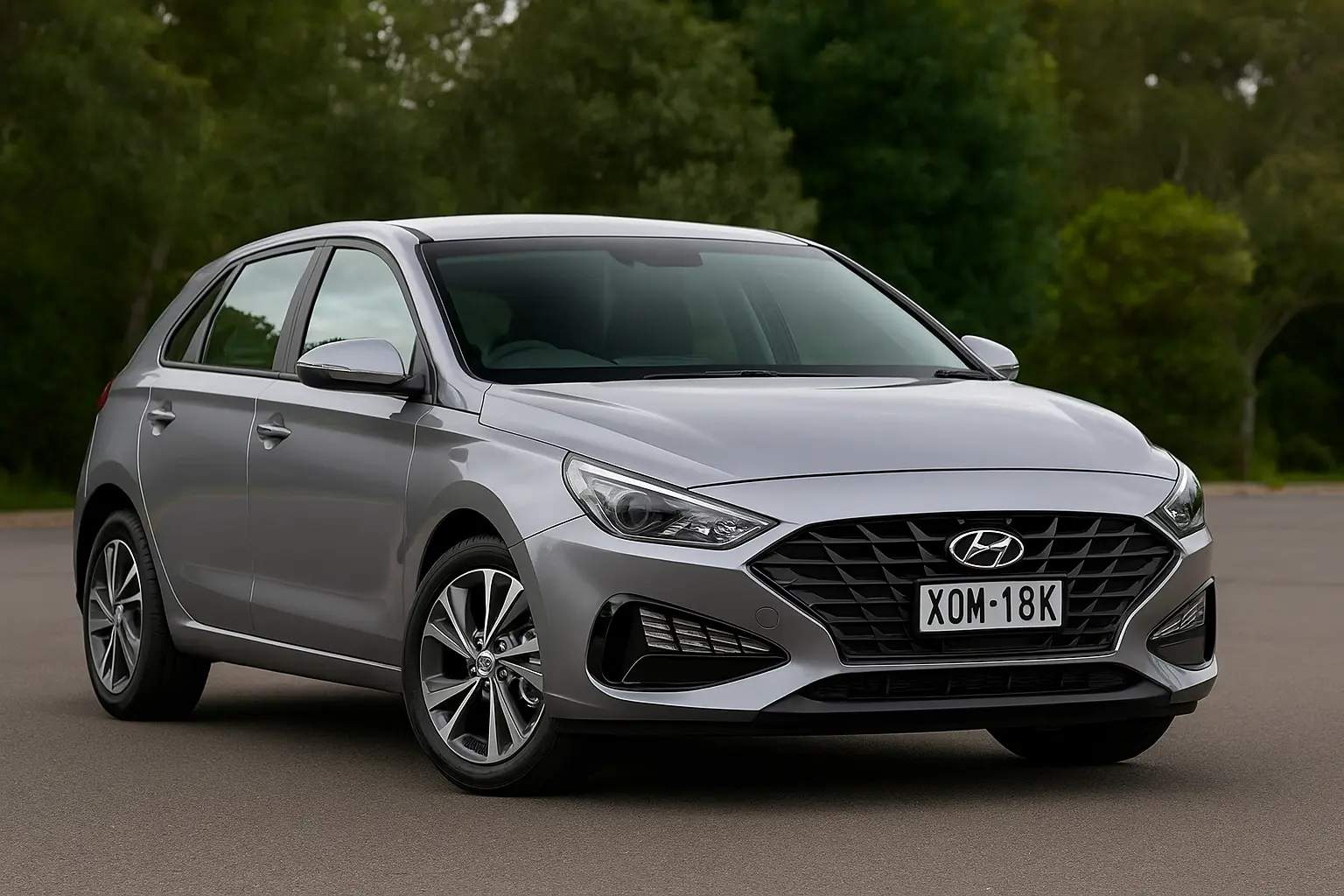
Hyundai i30 Variants and Pricing in Australia
The i30 lineup in Australia offers buyers a wide range of trims and powertrains, ensuring there’s an option for different needs and budgets.
Current Hyundai i30 Variants
- i30 Hatch (base model) – affordable entry-level option.
- i30 Active – adds more comfort and tech features.
- i30 Elite – blends premium features with value.
- i30 N Line – sporty styling and turbocharged performance.
- i30 N Line Premium – higher-end tech and luxury finishes.
- i30 N (Hot Hatch) – track-ready performance car.
Price Range (Drive-Away, Approx.)
- Base i30 Hatch: From around $24,000
- i30 Active: From $28,000
- i30 Elite: From $33,000
- i30 N Line: From $32,000
- i30 N Line Premium: From $38,000
- i30 N: From $49,000+
This wide range makes the i30 flexible. You can choose a no-nonsense hatch for budget commuting or a fully loaded sporty hatch that rivals European competitors.
Exterior Design: A Hatchback With Personality
Hyundai has sharpened the i30’s looks over the years.
- Front fascia: The cascading grille and LED headlights give it a sporty yet modern vibe.
- Profile: Clean body lines with subtle curves give the hatchback a sleek silhouette.
- Rear design: LED taillights and a smartly designed boot add practicality.
- N Line trim: Features sportier bumpers, unique alloy wheels, and subtle aerodynamic touches.
The i30’s design appeals to both younger drivers looking for something stylish and older buyers wanting something understated but modern.
Interior Comfort and Space
Step inside the Hyundai i30, and you’ll immediately notice its thoughtful layout.
- Cabin quality: Soft-touch materials in higher trims, durable plastics in base models.
- Seating: Comfortable with good lumbar support, even for longer trips.
- Space: Generous legroom for front passengers, decent room in the back for two adults.
- Boot capacity: Around 395 litres—one of the largest in the class. Rear seats fold 60:40 for added flexibility.
- Technology placement: Logical, easy-to-use infotainment system, physical buttons for essential functions.
The i30 doesn’t aim to be ultra-luxurious, but it nails functionality and practicality.
Infotainment and Technology Features
Hyundai has made sure the i30 doesn’t fall behind in tech, even in its base trims.
- Screen size: 8-inch touchscreen standard, 10.25-inch available in higher trims.
- Connectivity: Apple CarPlay and Android Auto as standard.
- Navigation: Built-in satellite navigation for Elite and above.
- Audio: Premium 7-speaker Infinity audio system in higher trims.
- Digital cluster: N Line Premium and above offer a digital driver display.
- Wireless charging: Available in mid-to-high trims.
These features ensure the i30 feels modern and connected, whether you’re commuting or road-tripping.
Performance and Driving Experience
Engines Available in Australia
- 2.0L Petrol (122kW/203Nm) – base engine, efficient and reliable.
- 1.6L Turbo Petrol (150kW/265Nm) – N Line trims, sporty and fun to drive.
- 2.0L Turbo (206kW/392Nm) – i30 N, pure performance hot hatch.
Transmission Options
- 6-speed manual (base and N models)
- 6-speed automatic
- 7-speed dual-clutch (DCT) for turbo models
Driving Impressions
- Base models: Smooth, refined, and perfect for city and highway use.
- N Line: Noticeably sharper handling, responsive steering, and sportier exhaust note.
- i30 N: Track-inspired dynamics with adaptive suspension, rev-matching, and launch control.
The i30 manages to be versatile—calm and efficient in its entry trims, thrilling and sharp in its N-badged versions.
Safety Ratings and Features
Safety has always been a strength for Hyundai, and the i30 is no exception.
- ANCAP Safety Rating: 5 stars (tested to latest standards).
- Standard features: Autonomous Emergency Braking (AEB), Lane Keeping Assist, Driver Attention Warning, Rear Camera.
- Higher trims add: Blind Spot Monitoring, Rear Cross-Traffic Alert, Smart Cruise Control.
- Parking aids: Front and rear parking sensors, available in Elite and above.
Hyundai also provides SmartSense, its advanced driver assistance suite, on mid-to-high trims, which gives drivers extra peace of mind.
Fuel Efficiency
Fuel economy varies depending on the trim and engine.
- 2.0L petrol: Around 7.4 L/100km
- 1.6L turbo petrol (N Line): Around 7.5–8.0 L/100km
- 2.0L turbo petrol (i30 N): Around 8.5–9.0 L/100km
The i30 is competitive in its class, especially when compared to the Toyota Corolla and Mazda3.
Hyundai i30 vs The Competition
Toyota Corolla Hatch
- More hybrid options, slightly better fuel economy.
- Smaller boot than i30.
Mazda3 Hatch
- Premium interior feel, sporty driving dynamics.
- More expensive than i30 in higher trims.
Volkswagen Golf
- Advanced European engineering, tech-forward.
- Higher servicing and repair costs.
The Hyundai i30 strikes a strong balance between affordability, practicality, and driving enjoyment.
Ownership Costs and Warranty
Hyundai continues to stand out with its ownership package.
- Warranty: 5-year/unlimited kilometre warranty.
- Servicing: Capped-price servicing available.
- Roadside assist: Up to 10 years (if serviced within Hyundai network).
This ownership support gives buyers confidence, especially when compared to rivals with shorter warranties.
Who Should Buy the Hyundai i30?
- First-time car buyers: Affordable, reliable, packed with features.
- Small families: Spacious hatchback with strong safety ratings.
- Enthusiasts: The i30 N offers genuine hot hatch thrills without breaking the bank.
- Value seekers: Warranty and servicing packages reduce long-term ownership costs.
Final Verdict: Is the Hyundai i30 Still Worth It in 2025?
Absolutely. The Hyundai i30 continues to be one of the most well-rounded hatchbacks on the Australian market. With competitive pricing, a wide range of trims, advanced safety features, and strong reliability, it remains a go-to choice for Australians who want more than just a budget commuter.
For those seeking extra excitement, the N Line and i30 N variants deliver class-leading performance. For everyday buyers, the base and mid-level trims provide unbeatable value.
The i30 may not be the newest name in town, but it proves why it has stood the test of time—it’s practical, stylish, affordable, and built with Australian drivers in mind.
Leave a comment
Your email address will not be published. Required fields are marked *


